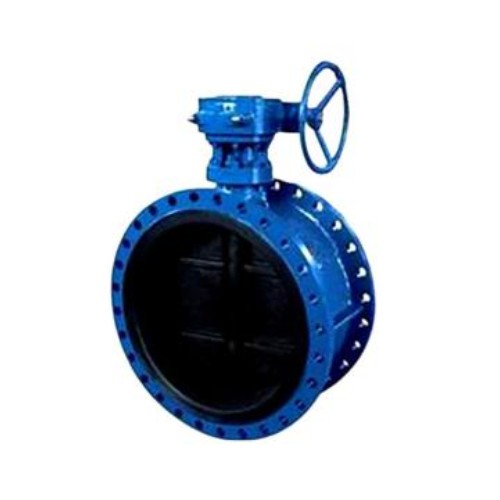Different Varieties of Copper Pipe Fittings for Your Plumbing Needs
Types of Copper Pipe Fittings A Comprehensive Guide
Copper pipe fittings are essential components in various plumbing, HVAC, and industrial applications. Known for their durability, excellent thermal conductivity, and resistance to corrosion, copper fittings facilitate the joining, direction change, and branching of piping systems. This article outlines the primary types of copper pipe fittings, their applications, and key considerations for their use.
1. Elbows
Elbows are curved fittings that change the direction of the pipe. Available in various angles, the most common types are 45-degree and 90-degree elbows, allowing for smooth transitions. Use elbows to connect pipes at specific angles, which can help navigate around obstacles or facilitate the layout of a plumbing system.
2. Tees
Tees are T-shaped fittings that create a branch off the main pipe. They are used when connecting two pipes to a third pipe at a right angle. This fitting is vital in plumbing systems where water needs to be diverted or collected from multiple sources, such as in a water distribution network.
3. Couplings
Couplings connect two sections of copper pipe of the same diameter. They can be used in scenarios where a pipe needs to be extended or repaired. There are two main types slip couplings and threaded couplings. Slip couplings are simply slipped over the ends of two pipes, while threaded couplings have internal threads to screw onto threaded pipe ends.
4. Reducers
Reducers are fittings that allow for the connection of two pipes with different diameters. They come in concentric or eccentric shapes and help in adjusting the flow of liquids or gases in a piping system. By efficiently transitioning between pipe sizes, reducers can reduce turbulence and pressure drop, which is critical in maintaining system efficiency.
5. Caps
Caps are used to seal the end of a copper pipe
. This fitting is essential for closing off a line that is not in service or to prevent debris from entering the system. Caps ensure that the fluid being transported remains protected and free from contaminants.types of copper pipe fittings

6. Adapters
Adapters are fittings that allow for the connection of copper pipes to different materials, such as PVC or iron. They can come in various configurations, including male and female threads, and are crucial in multi-material plumbing systems for compatibility and seamless transitions.
7. Valves
Valves control the flow of fluids in a plumbing system and are available in various designs, such as gate, globe, and ball valves. They can be installed in copper piping to enable easy shutoff, pressure regulation, or flow direction alterations. Incorporating valves into your plumbing design is important for maintenance and safety.
8. Sieves and Strainers
Although not as common, specialized fittings like sieves and strainers serve a critical function by filtering particles from liquids as they pass through the pipes. These fittings help prevent clogging and wear on downstream components, thereby extending the life of the system.
Choosing the Right Copper Fittings
When selecting copper pipe fittings for a project, several factors should be considered
- Pipe Size and Diameter Ensure that fittings match the pipe size to maintain a proper flow and fit within the system. - Application Different applications may require specific types of fittings for optimal performance. For example, high-pressure systems may need reinforced fittings. - Corrosion Resistance While copper is generally resistant to corrosion, consider the environment where the fittings will be used. Special coatings or alloys may be necessary in aggressive environments. - Compliance with Standards Ensure that fittings meet local building codes and regulations regarding material safety and performance.
Conclusion
Copper pipe fittings are integral components in plumbing and industrial systems, offering a reliable means of connecting, directing, and controlling fluid flow. Understanding the different types of fittings and their applications can help in designing efficient piping systems that meet the demands of various environments. With proper selection and installation, copper fittings can provide long-lasting performance and adaptability to numerous applications.
-
3 types of check valves maintenance tipsNewsAug.23,2025
-
Ball valves types with trunnion mounted designNewsAug.23,2025
-
Butterfly valve company production capabilitiesNewsAug.23,2025
-
Fisher globe valve technical specificationsNewsAug.23,2025
-
Types of gaskets for flanges selection guideNewsAug.23,2025
-
Wedge gate valve suppliers quality standardsNewsAug.23,2025
-
Breakthrough in Domestic Low Temperature Valve Technology in ChinaNewsAug.18,2025




